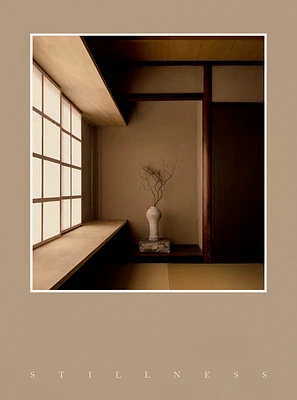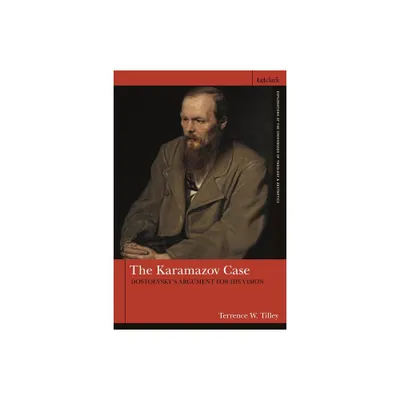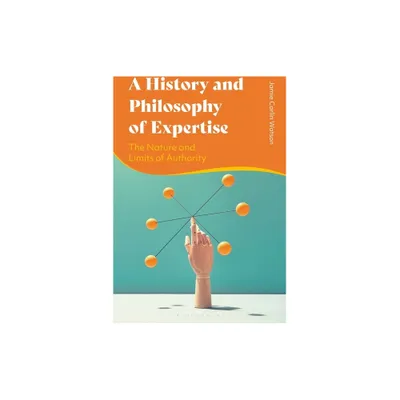Home
Aesthetic Expertise: An Exploration and Defense
Loading Inventory...
Barnes and Noble
Aesthetic Expertise: An Exploration and Defense
Current price: $100.00


Barnes and Noble
Aesthetic Expertise: An Exploration and Defense
Current price: $100.00
Loading Inventory...
Size: Hardcover
*Product Information may vary - to confirm product availability, pricing, and additional information please contact Barnes and Noble
In this first ever book-length study of aesthetic expertise, Ole Martin Skilleås outlines the nature and purpose of aesthetic expertise, with particular emphasis on the direction of attention, and examines how aesthetic expertise manifests across diverse roles within aesthetic practices. He discusses the foundations of aesthetic trust via the concept of calibration, thereby developing an outline of social aesthetics using the concept of embedded expertise.
Skilleås distinguishes between practitioners—those who create and perform aesthetically engaging works—and advisors, who educate, enlighten, and make recommendations. Considering the latter roles,
Aesthetic Expertise: An Exploration and Defense
argues that aesthetics ought to move away from a paradigm centered on critics and reviewers and the idea of a standard of taste, and over to an approach anchored in instruction and the triangulation between instructor, artwork, and learner. This educational interaction is pivotal since not only does it foster a shared language but it tightly links critical reasoning with aesthetic appreciation, guided by perceptual guidance and training. In doing so, it clarifies how meaningful consensus and dissent in aesthetic discourse are possible, underpinning our discussions and critiques of artistic works and their interpretations.
Skilleås distinguishes between practitioners—those who create and perform aesthetically engaging works—and advisors, who educate, enlighten, and make recommendations. Considering the latter roles,
Aesthetic Expertise: An Exploration and Defense
argues that aesthetics ought to move away from a paradigm centered on critics and reviewers and the idea of a standard of taste, and over to an approach anchored in instruction and the triangulation between instructor, artwork, and learner. This educational interaction is pivotal since not only does it foster a shared language but it tightly links critical reasoning with aesthetic appreciation, guided by perceptual guidance and training. In doing so, it clarifies how meaningful consensus and dissent in aesthetic discourse are possible, underpinning our discussions and critiques of artistic works and their interpretations.


















